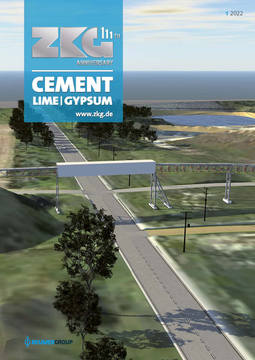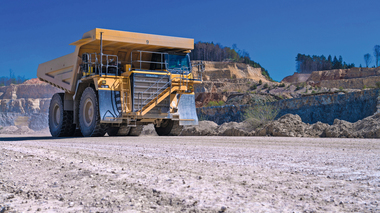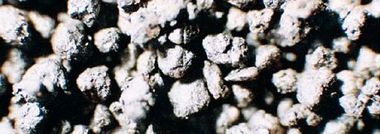Inevitable: significant price increases for construction chemicals
The entire construction chemicals industry is affected by dramatic cost increases and raw material shortages. Both trends have persisted and intensified throughout 2021. Therefore, higher prices along the value chain become inevitable.
Take the example of concrete admixtures: Trusting that the situation was easing, manufacturers passed on higher costs only to a moderate degree in the first few months of the year. Now matters continue to worsen, and no end to this development is expected. Therefore, the concrete industry must prepare for significant price increases across all raw material groups for concrete admixtures. Alongside the raw material prices, also prices for energy (+400%), packaging and pallets (+300%), transport and staff have risen considerably in the last 12 months.
Raw materials and energy: ever more expensive
Since the beginning of 2021, the chemical and construction chemicals industries have been struggling with supply shortages for numerous raw materials and, consequently, with sharply rising procurement costs. Prices for melamine resins, for example, have doubled since last year while prices for acrylic acids – a key raw material for PCE production – have even tripled. The crude oil price is twice as high as it was 12 months ago. The price of naphtha, the chemical industry’s most important raw material overall, has climbed by as much as 62% year-on-year to around US$ 580 per tonne.
In the 3rd quarter 2021, the cellulose industry communicated to processors an increase in lignin prices of ca. 50%, because lignins were re-evaluated as an alternative fuel. For naphthalene, too, unprecedented shortages and price increases are recorded.
The situation is similar for sealants. At present, processors can obtain, for example, silicones, polyurethanes and polysulfides only under difficult circumstances and at extremely high prices – if these inputs are available at all. The main complaint is the shortage of metallic silicon, the most important raw material for silicone polymer and silicone oil. The companies alone cannot absorb the massive price increases and need to partly pass them on to the market. This also applies to dry mortar manufacturers, where prices for dispersible polymer powder and cement are rising, inter alia, due to the impact of the higher CO2 levy whose gradual increase is already decided.
In this setting, the industry as a whole is struggling with an unprecedented level of uncertainty for sufficient supplies of the above-mentioned raw materials. Also for the foreseeable future, experts do not expect the situation on the raw materials market to improve. Quite the contrary, the rising index of raw materials cost rather indicates that matters will further aggravate in 2022 and that high raw materials prices are going to become the new normal.




